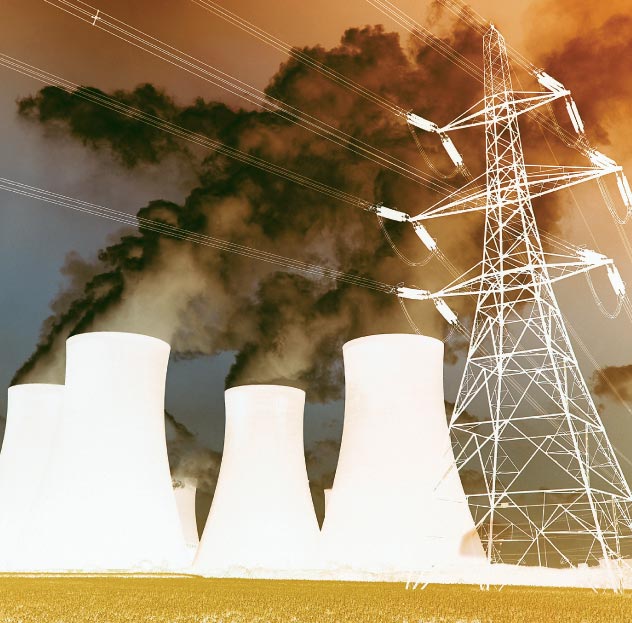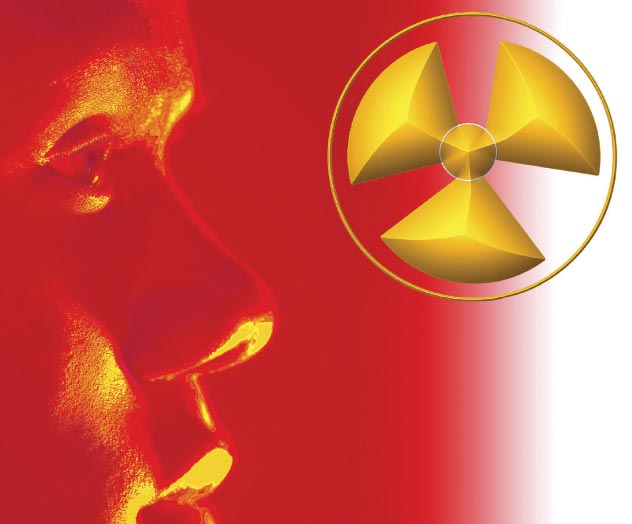|
|
|
ADVERTISEMENTS
|
|
PREMIUM
- HAPPY HOLIDAYS!
- Siliconeer Mobile App - Download Now
- Siliconeer - Multimedia Magazine - email-Subscription
- Avex Funding: Home Loans
- Comcast Xfinity Triple Play Voice - Internet - TV
- AKSHAY PATRA - Bay Area Event - Sat. Dec 6
- Calcoast Mortgage - Home Loans
- New Homes in Silicon Valley: City Ventures - Loden Place - Morgan Hill
- Bombay to Goa Restaurant, Sunnyvale
- Buying, Sellling Real Estate in Fremont, SF Bay Area, CA - Happy Living 4U - Realtor Ashok K. Gupta & Vijay Shah
- Sunnyvale Hindu Temple: December Events
- ARYA Global Cuisine, Cupertino - New Year's Eve Party - Belly Dancing and more
- Bhindi Jewellers - ROLEX
- Dadi Pariwar USA Foundation - Chappan Bhog - Sunnyvale Temple - Nov 16, 2014 - 1 PM
- India Chaat Cuisine, Sunnyvale
- Matrix Insurance Agency: Obamacare - New Healthcare Insurance Policies, Visitors Insurance and more
- New India Bazar: Groceries: Special Sale
- The Chugh Firm - Attorneys and CPAs
- California Temple Schedules
- Christ Church of India - Mela - Bharath to the Bay
- Taste of India - Fremont
- MILAN Indian Cuisine & Milan Sweet Center, Milpitas
- Shiva's Restaurant, Mountain View
- Indian Holiday Options: Vacation in India
- Sakoon Restaurant, Mountain View
- Bombay Garden Restaurants, SF Bay Area
- Law Offices of Mahesh Bajoria - Labor Law
- Sri Venkatesh Bhavan - Pleasanton - South Indian Food
- Alam Accountancy Corporation - Business & Tax Services
- Chaat Paradise, Mountain View & Fremont
- Chaat House, Fremont & Sunnyvale
- Balaji Temple - December Events
- God's Love
- Kids Castle, Newark Fremont: NEW COUPONS
- Pani Puri Company, Santa Clara
- Pandit Parashar (Astrologer)
- Acharya Krishna Kumar Pandey
- Astrologer Mahendra Swamy
- Raj Palace, San Jose: Six Dollars - 10 Samosas
CLASSIFIEDS
MULTIMEDIA VIDEO
|
|
|
|
|
NUCLEAR POLICY:
False Premise: Indo-U.S. Nuclear Deal
Whether they are supporters or critics of the U.S.-India nuclear accord, most fail to recognize that the deal is actually testament to the longstanding, expensive, and large-scale failure of the Indian Department of Atomic Energy and its tremendous but largely hidden costs, writes M.V. Ramana.

Second installment in a two-part series
The recent approval of the Indo-U.S. nuclear deal in the Indian Parliament occurred amidst theatrics that shed more light on the machinations of its members than the details of the agreement. Public debate on the deal has centered on emotions of pride and nationalism, obscuring any serious discussion of issues at hand. In this two-part series, M.V. Ramana examines the fundamental choices that India makes by entering this deal, and what they portend for the future.
In the first installment, published here last month, the author discussed the dominant aspects of the public debate around the deal in India thus far, and highlighted the fact that several core questions remain unaddressed. The author provided a historical background and context that led to the deal in its current form. He went on to give a realistic assessment of India’s nuclear energy program, debunking the popular notion that nuclear power is capable of addressing India’s growing energy crisis.
In the concluding section presented here, the author discusses the fallout of this deal on the subcontinental peace process, and its impact on the safety and security of the South Asian people.
|
On August 21 and 22, members of the Nuclear Suppliers Group, which sets widely observed export controls on nuclear technology, met to discuss a proposal to lift a ban on nuclear trade with India. Despite intense lobbying by the United States, about half of the members of the NSG demanded that the proposed agreement be modified before they would consider permitting trade with India. Countries such as New Zealand, Switzerland, and Austria demanded that the agreement restrict the sale of sensitive technologies like uranium enrichment and reprocessing and specify that trade will cease should India conduct further nuclear weapons tests. Their underlying concern, though, was that the deal will help India further its nuclear weapons program. Is this true?
More and More Bombs
If the U.S.-India deal goes through, the DAE will be able to purchase the uranium it needs to fuel those reactors it chooses to put under IAEA safeguards from international sources. This will free up domestic uranium for potential use in the nuclear weapons program and could allow a significant and rapid expansion of the nuclear arsenal. K. Subrahmanyam, former head of the National Security Advisory Board, has argued that “Given India’s uranium ore crunch and the need to build up our … [nuclear] arsenal as fast as possible, it is to India’s advantage to categorize as many power reactors as possible as civilian ones to be refueled by imported uranium and conserve our native uranium fuel for weapons grade plutonium production.”
The idea of using foreign help to accelerate nuclear weapons material production is not new. In 1964, Homi Bhabha, the founder of India’s nuclear program, declared: “It is easy to see that in certain circumstances aid given by the [International Atomic Energy] Agency with its full safeguards system in operation could help in accelerating a military program. Let us assume that the country receiving aid received from the agency heavy water or fissile material for a reactor for peaceful purposes. If the country concerned already has heavy water or fissile material, the loan of the agency’s heavy water or fissile material to that extent liberates the country’s own materials for use in military programs.”
This possibility of an increased rate of fissile material production has not escaped Pakistan’s attention and its National Command Authority has declared that “in view of the fact the [U.S.-India] agreement would enable India to produce a significant quantity of fissile material and nuclear weapons from unsafeguarded nuclear reactors, the NCA expressed firm resolve that our credible minimum deterrence requirements will be met.” This suggests that an expansion of fissile material stockpiles in South Asia may ensue — in other words, an arms race.
The capacity to further build up fissile materials for nuclear weapons comes with a price tag. Nuclear weapons have, just through the process of manufacture, taken a toll on our economy, environment, public and occupational health. Most estimates suggest that the DAE has already produced enough plutonium to make 60-100 nuclear weapons. Each of these can kill hundreds of thousands of innocent people. Should we really increase the capacity to commit such mass murder?

The DAE’s Accidents and ‘Incidents’
There is reason to be concerned about the safety of the DAE’s reactors. Practically all the nuclear reactors and other facilities associated with the nuclear fuel cycle operated by the DAE have had accidents of varying severity. These are euphemistically described as “incidents” by nuclear establishments around the world in order to mollify justified public concerns. One can barely imagine the consequences of a Chernobyl-like accident involving the release of large quantities of radioactive materials in a densely populated country like India.
The observed safety problems seem to be systemic. In 1995 the AERB — Atomic Energy Regulatory Board — which is supposed to oversee the safe operation of all civilian nuclear facilities, produced a detailed report that identified 134 safety issues, of which about 95 were considered “top priority.” Many of these problems had been identified in earlier DAE evaluations in 1979 and 1987 as items requiring “urgent action” but had not been addressed. Not surprisingly the DAE has kept the AERB report a secret.
The most serious of the accidents at nuclear reactors in India occurred on March 31, 1993, when two blades in the turbine generator of the first unit of the Narora Atomic Power Station snapped under accumulated stress and caused a major fire in the turbine room, nullifying all electrical safety systems. Thankfully, some technicians flooded the reactor with a solution containing boron, a neutron absorber, “a last-level protection in the event of a prolonged station power blackout.” Shockingly, the Narora accident came after the DAE had been warned by the manufacturer of the turbine blades that they were susceptible to fatigue failure. But the DAE ignored the warning. Further, DAE’s reactors had experienced major fires in the preceding decade, in particular the Rajasthan 2 reactor in 1985.
Further, the AERB is not independent of the DAE, since it answers to the Atomic Energy Commission, which is always headed by the Secretary of the DAE. Not only that, but as A. Gopalakrishnan, a former chairman of the AERB, observed, “95 percent of the members of the AERB’s evaluation committees are scientists and engineers on the payrolls of the DAE. This dependency is deliberately exploited by the DAE management to influence, directly and indirectly, the AERB’s safety evaluations and decisions. The interference has manifested itself in the AERB toning down the seriousness of safety concerns, agreeing to the postponement of essential repairs to suit the DAE’s time schedules, and allowing continued operation of installations when public safety considerations would warrant their immediate shutdown and repair.” All of this suggests that the DAE is not an organization that can reliably avoid accidents at its nuclear facilities.
|

U.S. Motivations
The potentially large increase in fissile material production capacity that the deal would allow should not be news to most U.S. policy makers. Why then do they want to renew nuclear trade?
The significance of the nuclear deal can be appreciated only in the context of a changing U.S. geopolitical strategy under the Bush Administration and an evolving U.S.-India relationship. In an article published in 2000, U.S. Secretary of State Condoleezza Rice, argued that the United States “should pay closer attention to India’s role in the regional balance… India is an element in China’s calculation, and it should be in America’s, too. India is not a great power yet, but it has the potential to emerge as one.” And another key player in U.S. India relations of the past few years, Ashley Tellis, suggested propping up India as a counter-weight to China: “If the United States is serious about advancing its geopolitical objectives in Asia, it would almost by definition help New Delhi develop strategic capabilities such that India’s nuclear weaponry and associated delivery systems could deter against the growing and utterly more capable nuclear forces Beijing is likely to possess by 2025.”
One of the first steps in operationalizing the idea of the U.S. and India as strategic “partners” in managing regional and international security was the “Next Steps in Strategic Partnership” agreement. Signed in January 2004, it announced that the United States would help India with its civilian space programs, high-technology trade, missile defense aid, and its civilian nuclear activities. The purpose of this “Strategic Partnership” accord was made clear by a U.S. official who said the “goal is to help India become a major world power in the 21st century… We understand fully the implications, including military implications, of that statement.” The following year, the nuclear deal was announced.
Recruiting India may help reduce the immediate costs to the United States of exercising its military, political, and economic power to limit the growth of China as a possible rival. More generally, the United States sees Asia as central to global politics after the demise of the Soviet Union, and it needs strong regional clients there. The search for allies and friends is all the more important at a time when the United States is isolated because of its invasion and occupation of Iraq. On all these counts, India is seen as a major prize, and support for its military build-up and its nuclear complex seems to be the price the Bush administration is willing to pay.
And Indian policy makers have not been particularly resistant to helping the U.S. advance its geopolitical objectives. An example is India’s vote against Iran at the International Atomic Energy Agency a couple of years ago. Till then India had supported Iran’s right to develop its nuclear program in any way it saw fit. More recently, we have seen a series of joint military exercises, which may well be the first step in joining the United States in armed interventions around the world
While the Bush Administration and its advisors are willing to see India emerge as a major power, this should be within limits. For instance, the U.S. would not want India to pose such a major challenge to China in military terms that it prompts Chinese military planners to go on a major expansion. In this context, one particular concern is that India conducts a fresh round of nuclear weapons tests, which might be expected to feature high yield thermonuclear weapons. This may prompt China to expand and refine its nuclear arsenal, a prospect that is not attractive to U.S. planners.
Conclusions
The debate around the nuclear deal has often revolved around the minutiae of the IAEA and the NSG, the Henry Hyde Act and the 123 Agreement. This tends to obscure the real issues involved. Despite pages and pages of newspaper reports, columns, and editorials, few have talked about the fundamental choices that India is making by entering the nuclear deal. The deal is intimately tied with a choice that props up a flailing nuclear power sector, further legitimizes nuclear weapons, and ties India to the strategic interests of the United States. None of these are desirable for anyone who seeks a peaceful and environmentally sustainable future.
|
 M.V. Ramana is senior fellow at the Centre for Interdisciplinary Studies in Environment and Development, Bangalore, and co-editor of “Prisoners of the Nuclear Dream” (Orient Longman, 2003). M.V. Ramana is senior fellow at the Centre for Interdisciplinary Studies in Environment and Development, Bangalore, and co-editor of “Prisoners of the Nuclear Dream” (Orient Longman, 2003).
|
|
|
|
|
|